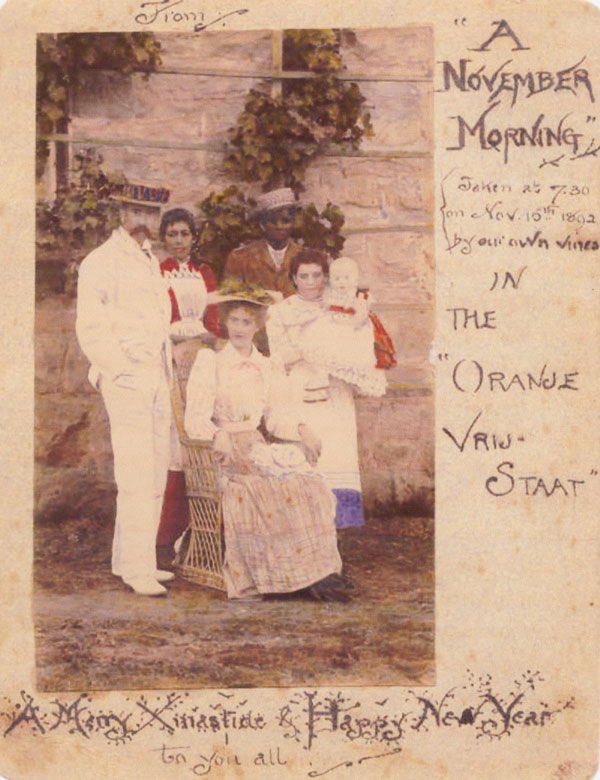Today in 1683, Western Europe was saved from Ottoman expansion after the Battle of Vienna.
The battle involved the largest cavalry charge in history, led by the fierce Polish Winged Hussars.
This is how Europe was saved 🧵👇🏼
The battle involved the largest cavalry charge in history, led by the fierce Polish Winged Hussars.
This is how Europe was saved 🧵👇🏼
The battle was fought on September 12, 1683, when a Christian coalition army relieved the Habsburg capital after a desperate two month Ottoman siege. 

Grand Vizier Kara Mustafa Pasha had besieged Vienna since July 14 with 170,000 Ottoman troops.
Count Ernst Rüdiger von Starhemberg defended with just 15,000 soldiers and 8,700 civilian volunteers.
Count Ernst Rüdiger von Starhemberg defended with just 15,000 soldiers and 8,700 civilian volunteers.

By early September, only 3,800 defenders remained, with the city on the brink of collapse after enduring constant bombardment, mining operations, and 18 major assaults. 

Pope Innocent XI organized the Holy League relief army of 70,000 men.
It included Polish forces under King Jan III Sobieski, Austrians under Duke Charles of Lorraine, and various German contingents.
It included Polish forces under King Jan III Sobieski, Austrians under Duke Charles of Lorraine, and various German contingents.

The battle began at 5 AM with Ottoman preemptive attacks on the Kahlenberg heights.
This was followed by methodical infantry combat by German and Austrian forces who pushed Ottoman defenders from fortified positions in villages dotting the approach to Vienna.
This was followed by methodical infantry combat by German and Austrian forces who pushed Ottoman defenders from fortified positions in villages dotting the approach to Vienna.

Polish forces were delayed by difficult terrain, and didn’t reach their positions until 2 PM.
Sobieski organized his cavalry for the decisive blow.
Sobieski organized his cavalry for the decisive blow.

At 6 PM, 18,000 horsemen launched the largest cavalry charge in history, led by Poland’s legendary Winged Hussars in their distinctive feathered armor. 

When the cavalry struck at full gallop, Ottoman resistance collapsed catastrophically.
Kara Mustafa fled the battlefield and ordered the destruction of equipment and the massacre of Christian captives as his army dissolved into chaotic retreat.
Kara Mustafa fled the battlefield and ordered the destruction of equipment and the massacre of Christian captives as his army dissolved into chaotic retreat.

Ottoman losses reached 8,000 to 15,000 killed and 5,000 to 10,000 captured, while the Holy League suffered only 3,500 casualties in the complete victory. 

The battle started the Great Turkish War (1683-1699), which resulted in the Ottoman Empire losing Hungary, Transylvania, Croatia, and other territories through the Treaty of Karlowitz. 

Sobieski declared “We came, we saw, God conquered.”
It was the beginning of Ottoman decline and prevented Islamic expansion into Western Europe, which saved Europe from falling under Muslim rule.
It was the beginning of Ottoman decline and prevented Islamic expansion into Western Europe, which saved Europe from falling under Muslim rule.

• • •
Missing some Tweet in this thread? You can try to
force a refresh






















